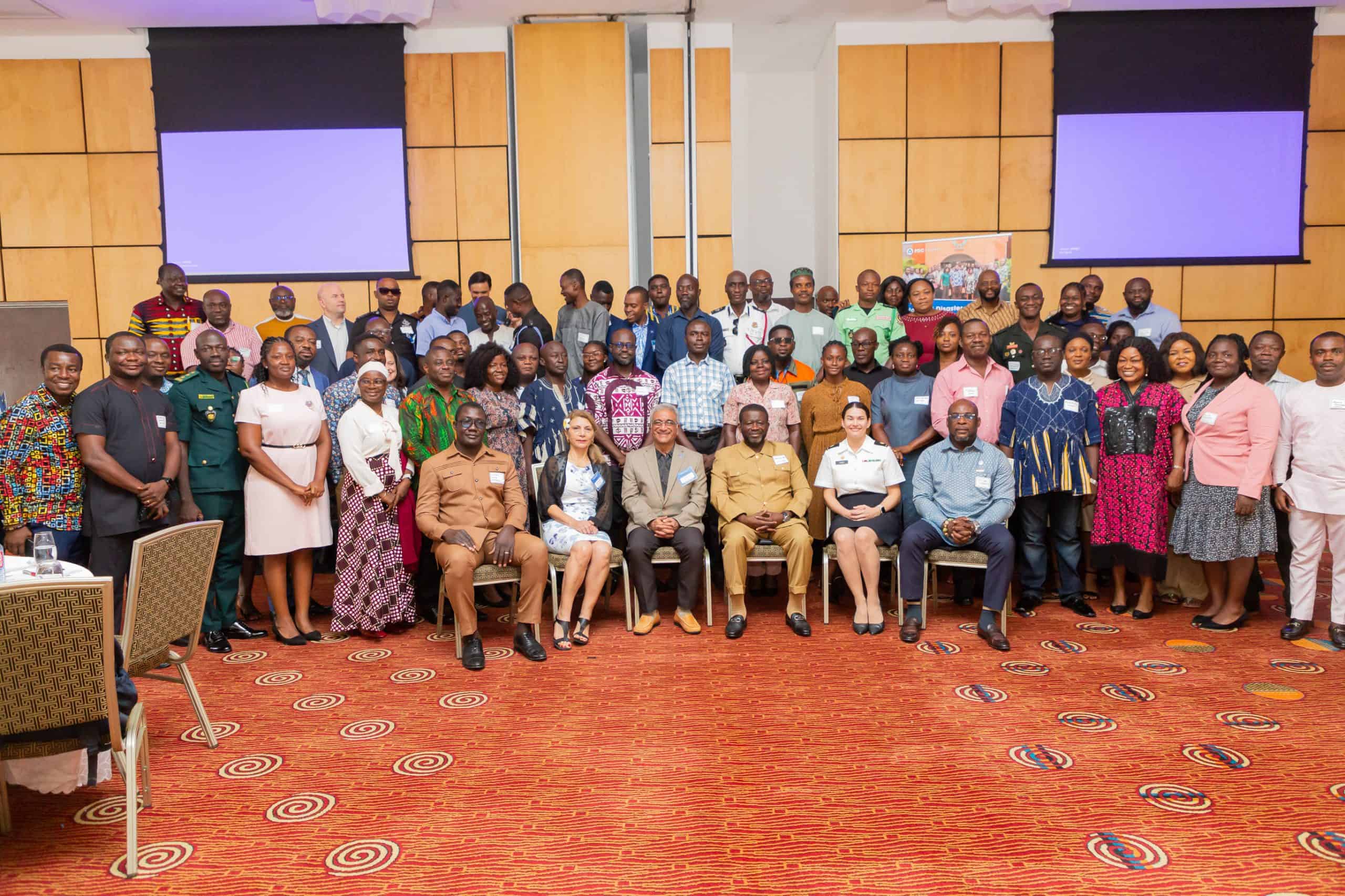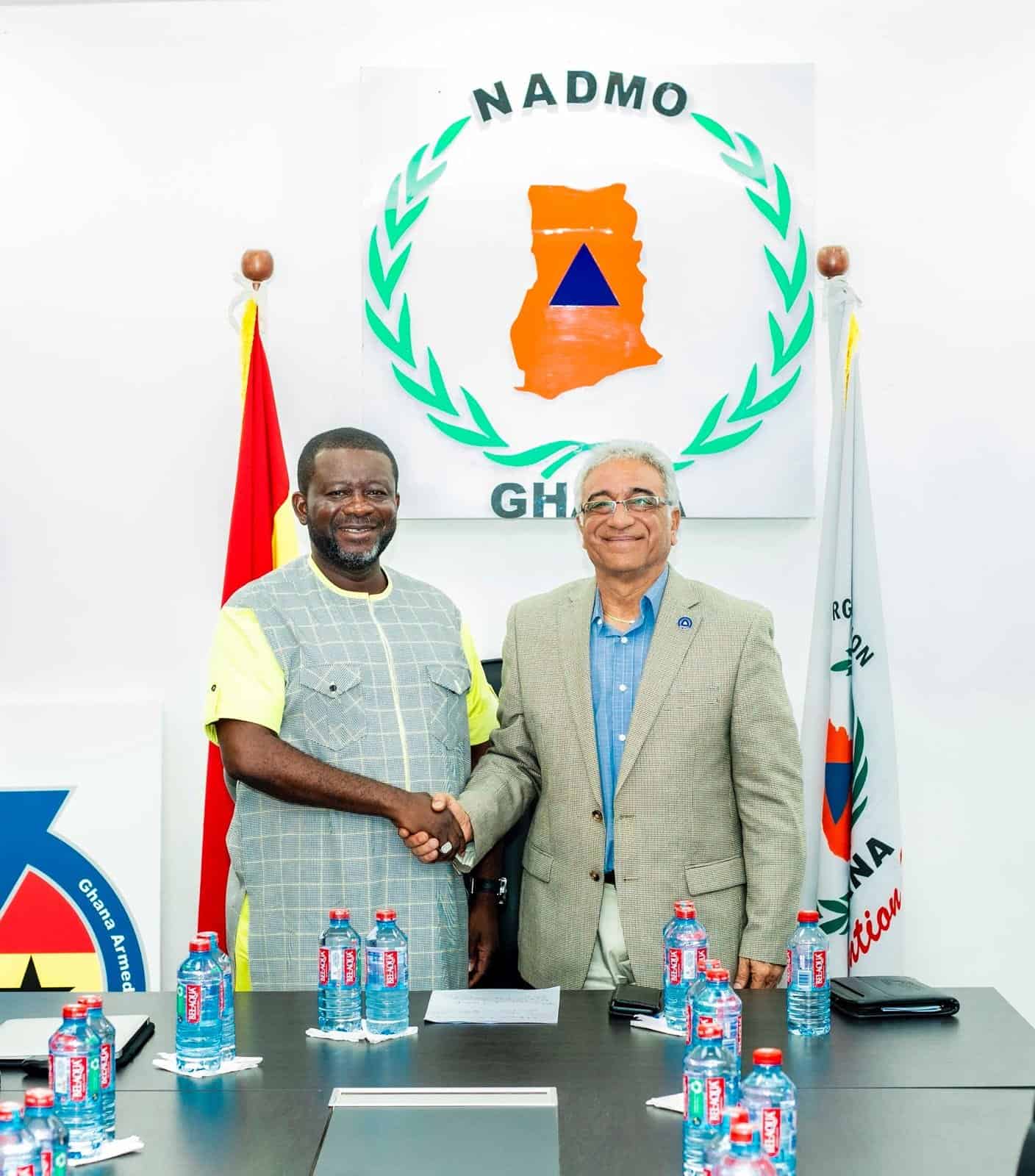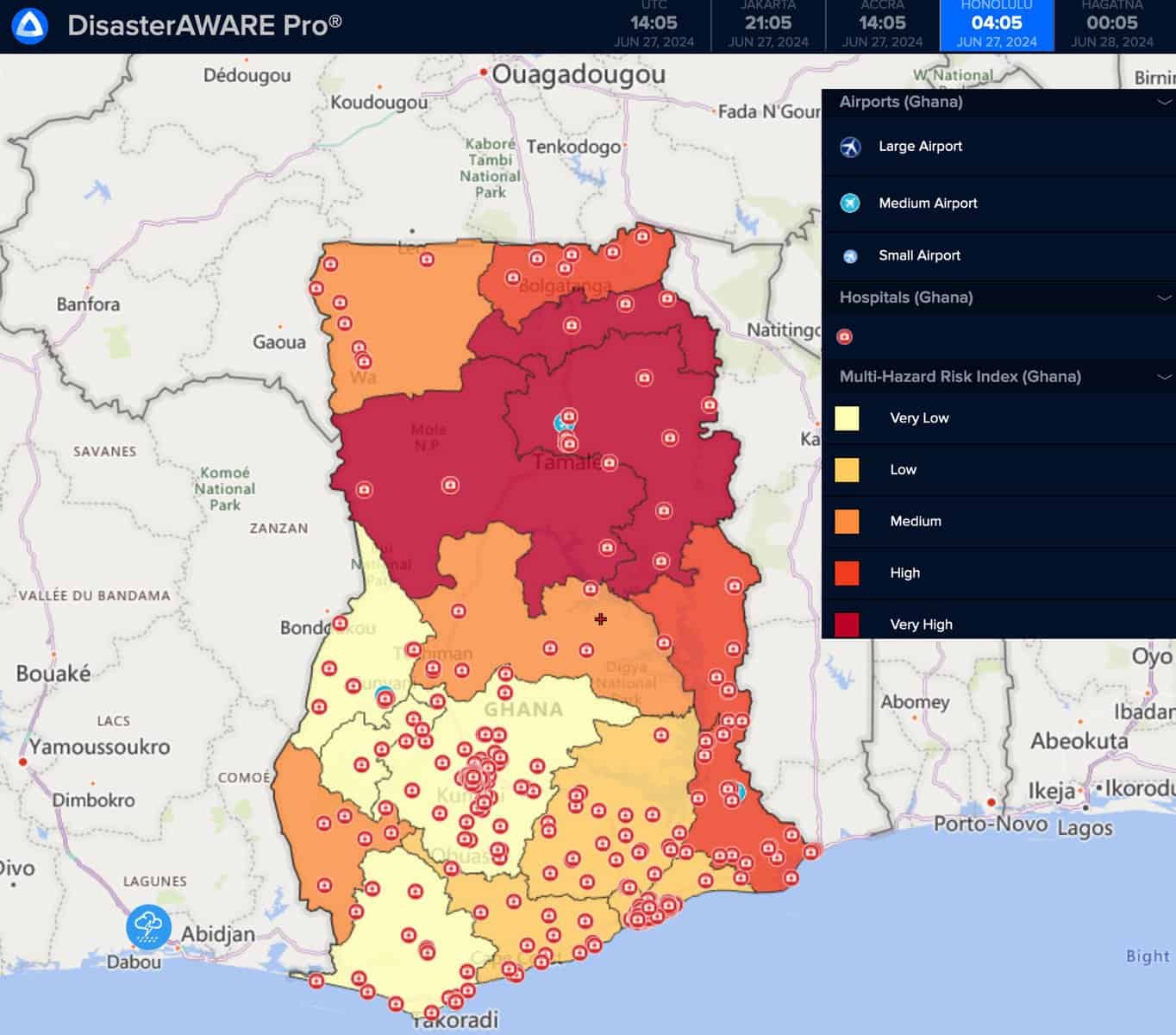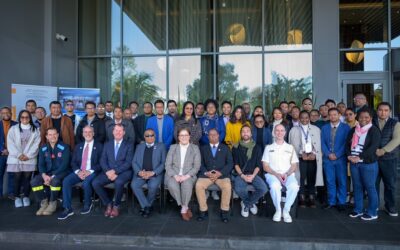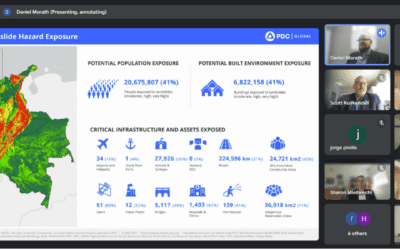The system also features the world’s only early warning and alerting for floods, wildfires, and landslides at a global scale—all of which are on the rise for Ghana.
Ghana currently faces a multitude of adverse impacts from hazards including an increased frequency of extreme weather events, biodiversity loss and failure of crops, water scarcity, sea-level rise and coastal erosion, and ongoing health risks to name just a few.
Ghana’s national baseline assessment results and recommendations were delivered only eight months after the worst flooding disaster in Ghana’s history—the Akosombo Dam spillage (a deliberate release of water)—in which the flood gates of the dam were opened to release water pressure onto communities below in the Lower Volta River. The event was triggered by unprecedented rainfall—a rare extreme weather event. The dam spillage caused the displacement of more than 39,333 people downstream and affected more than 80,000 people in total. While no lives were lost, the loss of personal property and destruction of businesses in the Lower Volta River region were catastrophic.
“Our partnership with the Pacific Disaster Center on the national baseline assessment is one of many recent initiatives by NADMO to transition from a reactive to a proactive approach as we face new and emerging risks. From the full-scale exercises conducted with our U.S. partners that engaged hundreds of Ghanaians to the tools and information we have received through our collaboration with PDC, we continue to ensure we are better prepared to face the challenges of tomorrow,” said NADMO’s Director General Agyemang-Prempeh.
